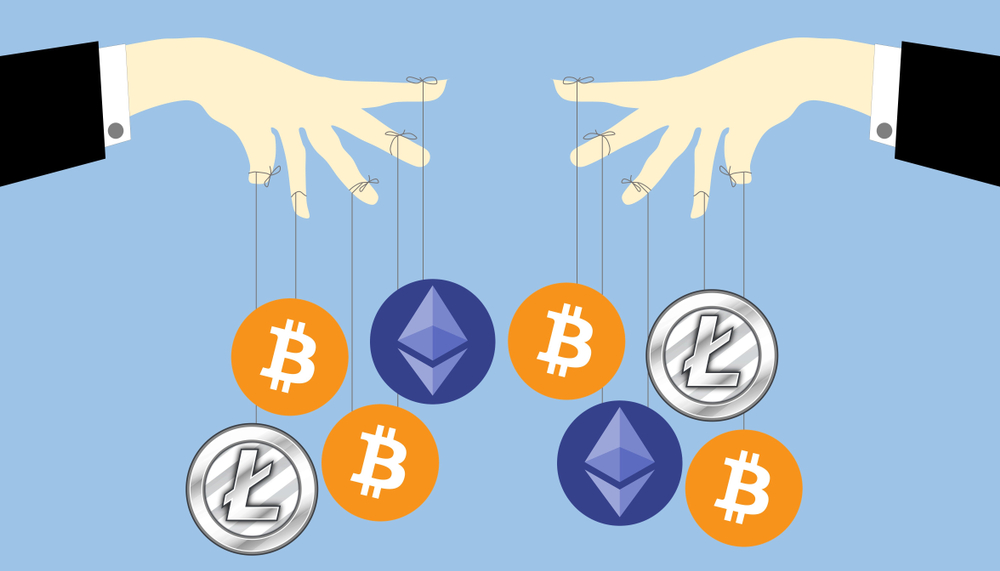Adani Group Allegations: Hindenburg Research’s Claims Led to $150 Billion Market Value Loss
Introduction In one of the most significant corporate controversies in India’s recent financial history, the Adani Group, a major conglomerate

In one of India’s largest cryptocurrency frauds, investors across the country lost a staggering ₹350 crore to an elaborate Ponzi scheme masked as a revolutionary crypto investment opportunity. Operating in the regulatory gray area surrounding digital currencies, the perpetrators exploited both the technical complexity of cryptocurrency and the promise of exceptional returns to lure thousands of victims. This nationwide scheme represents a growing trend in financial fraud where traditional Ponzi structures are updated with technological sophistication to create an illusion of legitimacy and innovation.
The cryptocurrency Ponzi operation was orchestrated by a sophisticated network of individuals who established a convincing facade of legitimacy:
The organization operated through registered companies with professional-looking offices in major cities, complete with reception areas, trading floors, and technical support centers. They conducted elaborate seminars in luxury hotels, produced high-quality marketing videos, and maintained sophisticated websites showing real-time “returns” on investments.
This cryptocurrency Ponzi scheme employed a multi-layered approach to defraud investors:
Victims were introduced to a supposedly revolutionary cryptocurrency or blockchain investment platform through social media ads, WhatsApp messages, or through friends and family already recruited into the scheme. The opportunity was presented as time-limited and exclusive.
Elaborate presentations explained how their “proprietary trading algorithms” or “blockchain technology innovations” generated exceptional returns. Technical jargon and complex charts overwhelmed potential investors while creating an impression of sophistication and expertise.
Early investors received promised returns promptly, often at rates of 10-15% monthly. These initial payouts—funded by newer investors’ capital rather than actual profits—served as “proof” of the system’s legitimacy and encouraged victims to invest more and recruit others.
Investors were encouraged to “upgrade” to higher investment tiers with promises of even greater returns. Many victims reinvested their initial “profits” and added substantial additional amounts, often liquidating other assets or taking loans.
A multi-level marketing structure rewarded investors for recruiting new participants, creating a self-propagating system where victims unwittingly became accomplices by bringing in friends and family.
When recruitment slowed or withdrawal requests mounted, the operators first created artificial “technical issues” delaying withdrawals, then restricted withdrawals to small amounts, before finally disappearing completely—often after one final large “investment opportunity” designed to extract maximum funds.
The nationwide cryptocurrency Ponzi scheme created widespread devastation:
Victims came from diverse backgrounds but commonly included:
In retrospect, the scheme displayed numerous warning signs that were overlooked due to the combination of technical complexity and the promise of high returns:
To protect yourself from cryptocurrency Ponzi schemes:
If you’ve been victimized by a cryptocurrency Ponzi scheme:
When reporting, collect and provide:
NEVER invest in cryptocurrency schemes promising fixed returns. Legitimate crypto investments acknowledge volatility and risk.
BEWARE of recovery scams targeting victims of crypto frauds—these “recovery specialists” promising to retrieve lost funds for an upfront fee are typically secondary scammers.
REMEMBER that in India, cryptocurrency operates in a regulatory gray area. This lack of clear oversight makes it particularly attractive to fraudsters.
VERIFY all claims about proprietary trading algorithms or “revolutionary” blockchain technology with independent experts before investing.
Introduction In one of the most significant corporate controversies in India’s recent financial history, the Adani Group, a major conglomerate
Introduction In a devastating blow to investors across India, stock trading frauds have emerged as the most financially damaging scam
Introduction In a devastating blow to Karnataka’s tribal communities, the Valmiki Development Corporation became the center of a massive embezzlement
We believe that by sharing knowledge and raising awareness, we can build a more secure financial future for everyone. Explore our articles, share our content, and join us in the fight against fraud.
Copyright © 2025 40frames – Exposing Fraud, Protecting Indians
We use cookies on our website to give you the most relevant experience by remembering your preferences and repeat visits. By clicking “Accept All”, you consent to the use of ALL the cookies. However, you may visit “Cookie Settings” to provide a controlled consent. Privacy Policy.